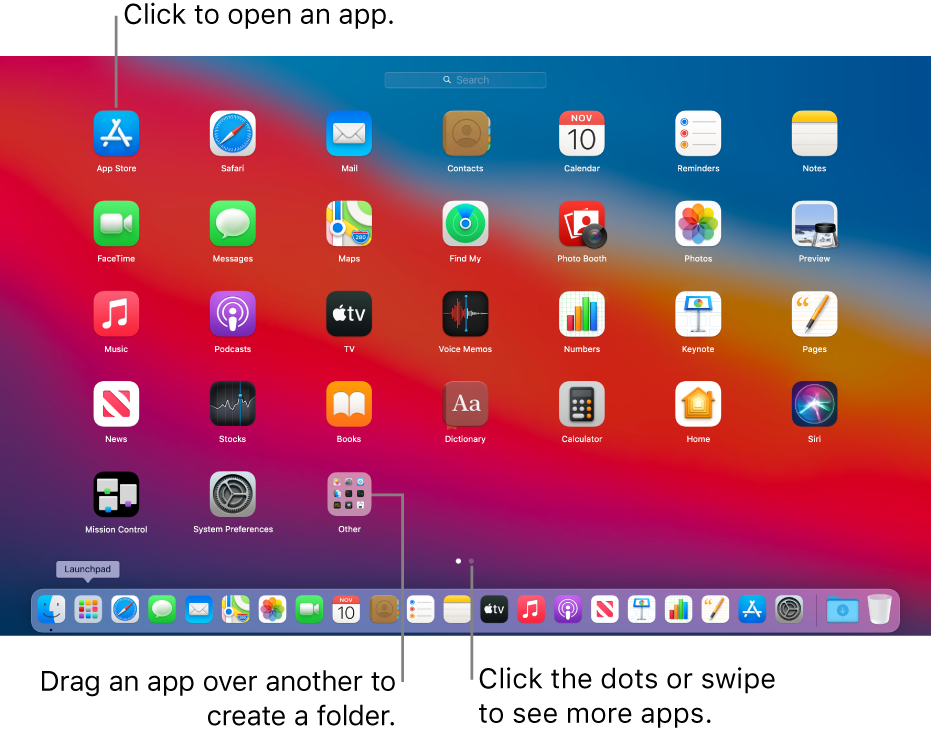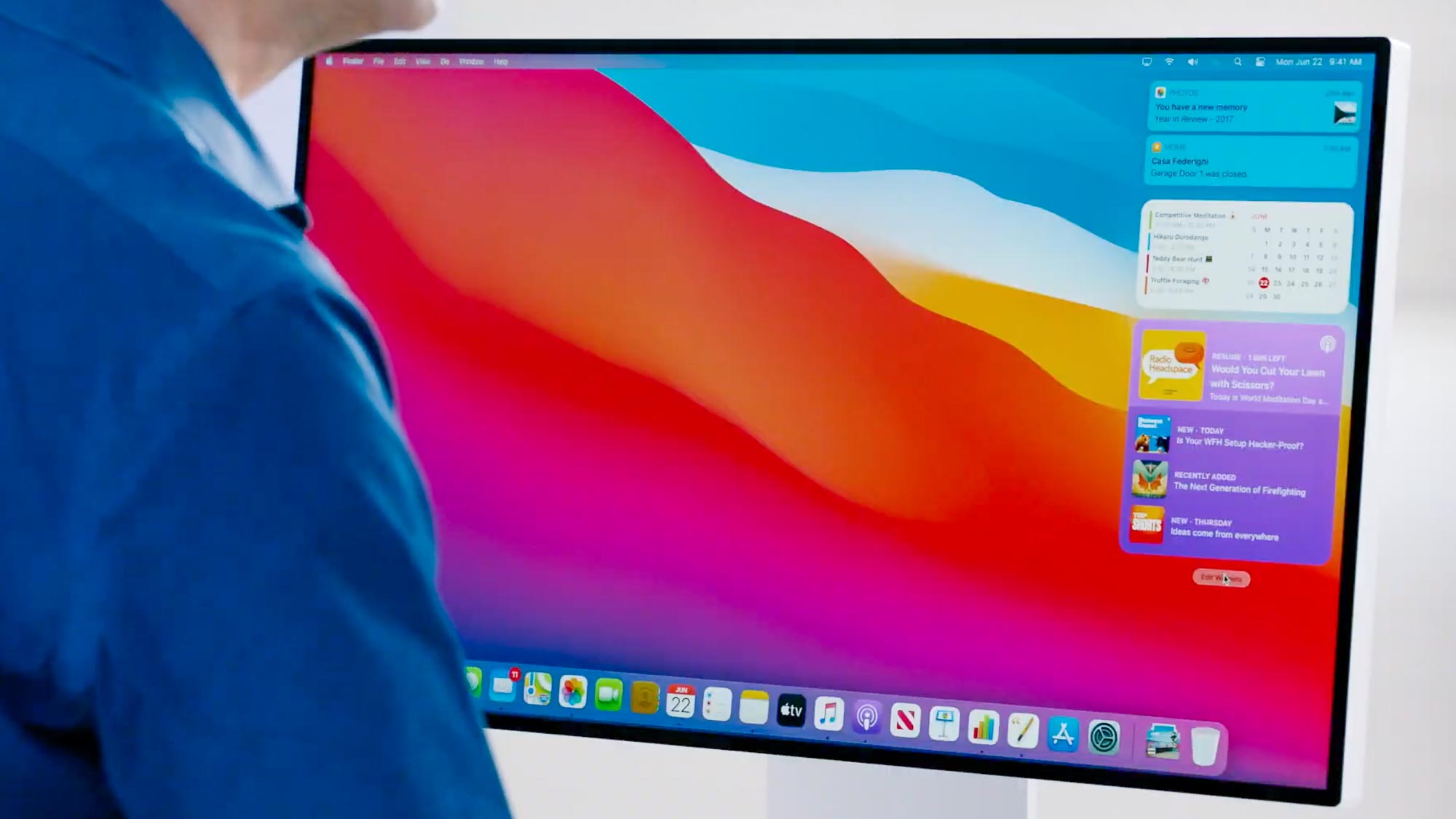
If you don't have another computer available, your best bet is to hold down the power button until the computer shuts off.

Your choices are fairly limited at this point. My old PowerBook would often get into a situation where I could move the mouse, but nothing else. The above will work fine if you are trying to target just one application, but what if you get into a situation where the entire computer won't respond. "But what if my entire computer is not responding?" Or (kill -KILL 830) should send your process to process heaven immediately. Think of "kill -9" as your last defense against the zombie apocalypse. You know how I've mentioned that you can use names or numbers ("kill -15" or "kill -TERM")? The name for "kill -9" is "kill -KILL" just so you know we're not messing around. "kill -9" is putting a gun to the forehead of the app and pulling the trigger. Let me make this clear: "kill -9" is the last resort. If neither of those work you are left with only two options: reboot the system (which is almost always an option) or "kill -9". Note: you can also use "kill -15 830" instead, but I find "-TERM" easier to remember. Note: You can also use "kill -3 830" instead, but I find "-QUIT" easier to remember.Īfter that I try "kill -TERM" as sort of a "No, really, I mean it, get your stuff and get out, now." To use the Safari example, I would enter this in Terminal: Kill -QUIT tells the app "Hey, I want you out of here." Unfortunately this probably won't work if the app is "Not Responding" but it doesn't hurt to try. There are many of them, but I generally only use 3: Next you have to decide which of kill's tricks you want to try. Failure to do so could lead to Bad Things.) (I will use "830" in the examples below, but you should be sure to use whichever PID matches the app you want to quit. Every process on your computer has a PID, and it will be different every time for all but a few very low-level system processes. There are only two things you really care about here: the first is the path "/Applications/Safari.app/Contents/MacOS/Safari" which tells you that you have the right process the second is the number immediately following the login name, which is, in this case "830" which is the "process ID" or "PID" for Safari. You will see a line that looks something like this (note that "tjluoma" is my login name, yours is almost certainly different): Ps ux | fgrep -i SAFARI.APP | fgrep -v fgrep To find a PID for an application, use this line in the Terminal application (Note that I'm using Safari in this example, but you can do the same for any app, just replace "SAFARI.APP" with whatever app you are trying to find): That said, if the app has been frozen for some time, it's unlikely that you're getting your unsaved data back. If you use kill, don't expect to get a chance to save your data. With a name like "kill" you ought to be reticent to use it, and if you decide to use it, do so with care. Kill(1) it: if "Force Quit" doesn't work, and you're comfortable using Terminal (the application is in your Utilities folder), you can find the PID (Process ID) and use "kill" to force the app to quit.

Hopefully that will do it.īut what if it doesn't? Read on for your options.įorce quit the front-most application: If you are using OS X 10.5 (Leopard) or later, Apple suggests that you press Option-Shift-Command-Esc and hold down these keys for three seconds. Control-click (or "right" click for you crazy kids with your multi-button mice) the app icon in the dock, and if it says "Application Not Responding" it will offer a "Force Quit" option. When apps freeze, it's generally pretty easy to deal with.

As someone who has used both, I will say that I have seen this far, far less frequently with Macs.

COMMAND FOR MAC OX APP TO CLOSE WINDOWS
I know, I know, for years we Mac folks used to love poking fun at Windows because it freezes up. Look, it's nothing to be ashamed of, it happens to everyone: your Mac has frozen up and won't respond.


 0 kommentar(er)
0 kommentar(er)
